Blue Snowball iCE Condenser Mic Review
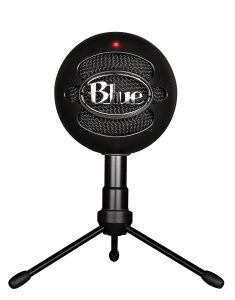 The original Snowball is one of the key microphones that helps facilitate the podcasting and YouTube revolution.
The original Snowball is one of the key microphones that helps facilitate the podcasting and YouTube revolution.
Blue managed to set its performance high enough to satisfy the streaming-obsessed crowd, while keeping the price low. The combination of value that wasn’t possible just five years prior and really decent sound won over startup podcasters and aspiring YouTubers alike. They didn’t want one of those dirt-cheap desktop “computer mics” we’ve grown to hate, and couldn’t justify getting a pricey “radio mic” like the Shure SM7B or Electro-Voice RE20 either. The Snowball was and still is the goldilocks mic for a ton of content creators: just right.
Now Blue recognized the Snowball had professional features that the average solo podcaster, YouTuber or gamer would never use. Namely the Snowball has a three-way switch that allows you to do omnidirectional recording (picks up all the sound in the room), cardioid (sound from in front of the mic), and can give you a -10db pad (for recording loud sounds like drums).
Snowball iCE was born by removing omnidirectional capability as well as the -10db pad. These features were wasted for most applications outside of music recording and group podcasting. And by getting to the heart of what makes the Snowball great with the iCE, Blue was able to reduce the price around $20. Nothing huge granted, but even $20 is too much to spend on features you don’t need.
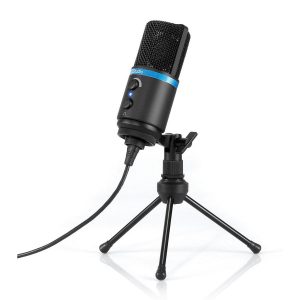 Best known for excellent music production software like Amplitube and SampleTank, IK Multimedia has been building their line-up of affordable audio hardware similar to Apogee’s entry-level offerings.
Best known for excellent music production software like Amplitube and SampleTank, IK Multimedia has been building their line-up of affordable audio hardware similar to Apogee’s entry-level offerings.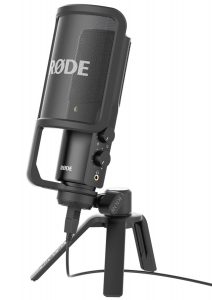 The Rode NT1-A has long been a stable condenser microphone in home project studios. Since they’ve built a reputation for good entry-level gear it makes sense that Rode has introduced a
The Rode NT1-A has long been a stable condenser microphone in home project studios. Since they’ve built a reputation for good entry-level gear it makes sense that Rode has introduced a 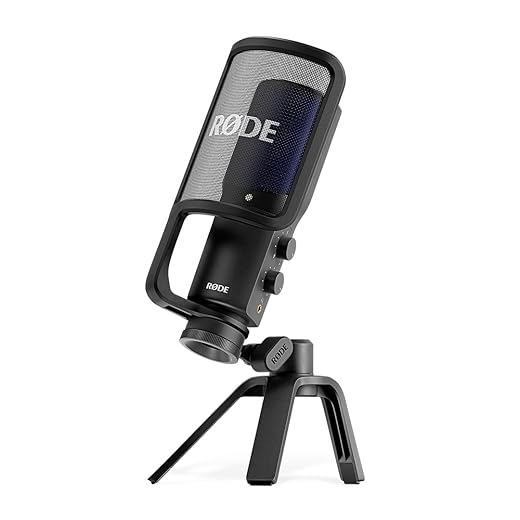

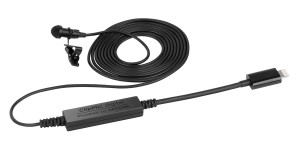 Apogee’s innovation in the realm of mobile audio recording has been tireless. They seem to be betting that many podcasters, YouTubers and even self-recording musicians are coming to view even a rig comprising of a laptop, small audio interface and USB mic as burdensome.
Apogee’s innovation in the realm of mobile audio recording has been tireless. They seem to be betting that many podcasters, YouTubers and even self-recording musicians are coming to view even a rig comprising of a laptop, small audio interface and USB mic as burdensome.

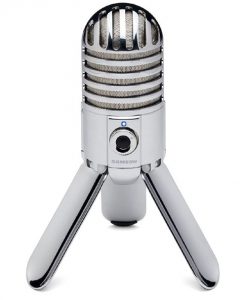 I’m often amazed that manufacturers can price certain USB mics so low. A decade ago even on a shoestring budget you’d be looking at a few hundred for a mic and audio interface. And that is what a USB mic really is: a one-channel audio USB interface and mic built into one device.
I’m often amazed that manufacturers can price certain USB mics so low. A decade ago even on a shoestring budget you’d be looking at a few hundred for a mic and audio interface. And that is what a USB mic really is: a one-channel audio USB interface and mic built into one device.
